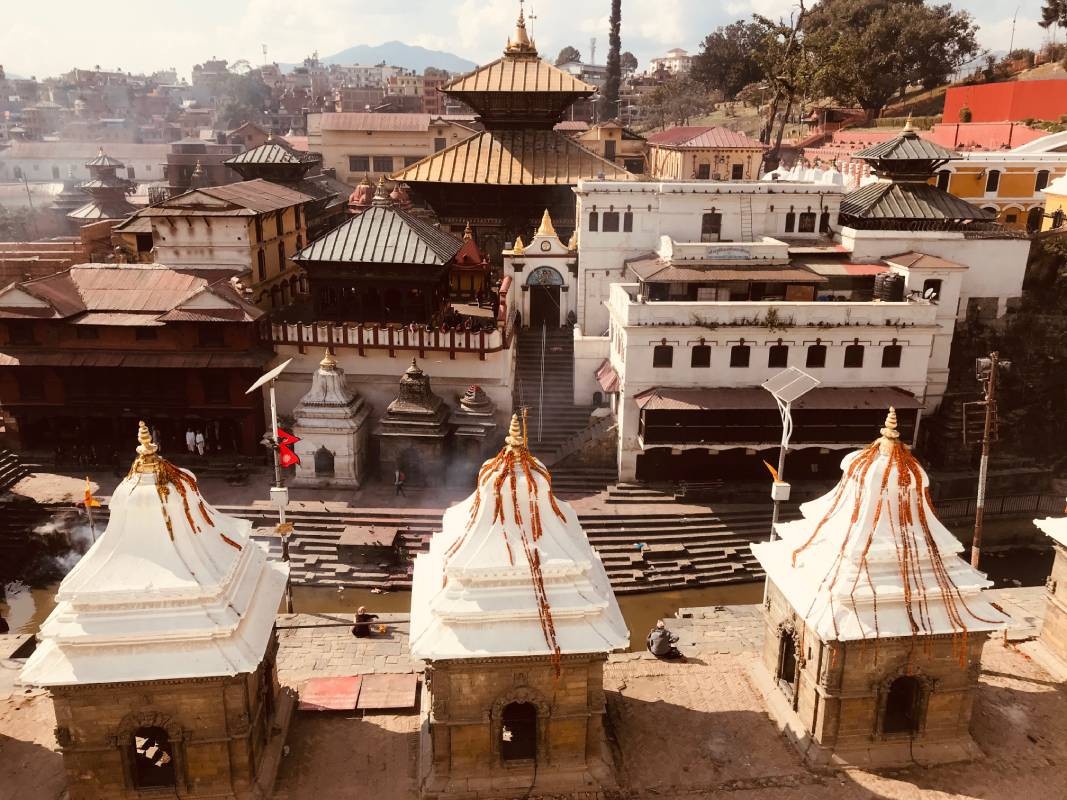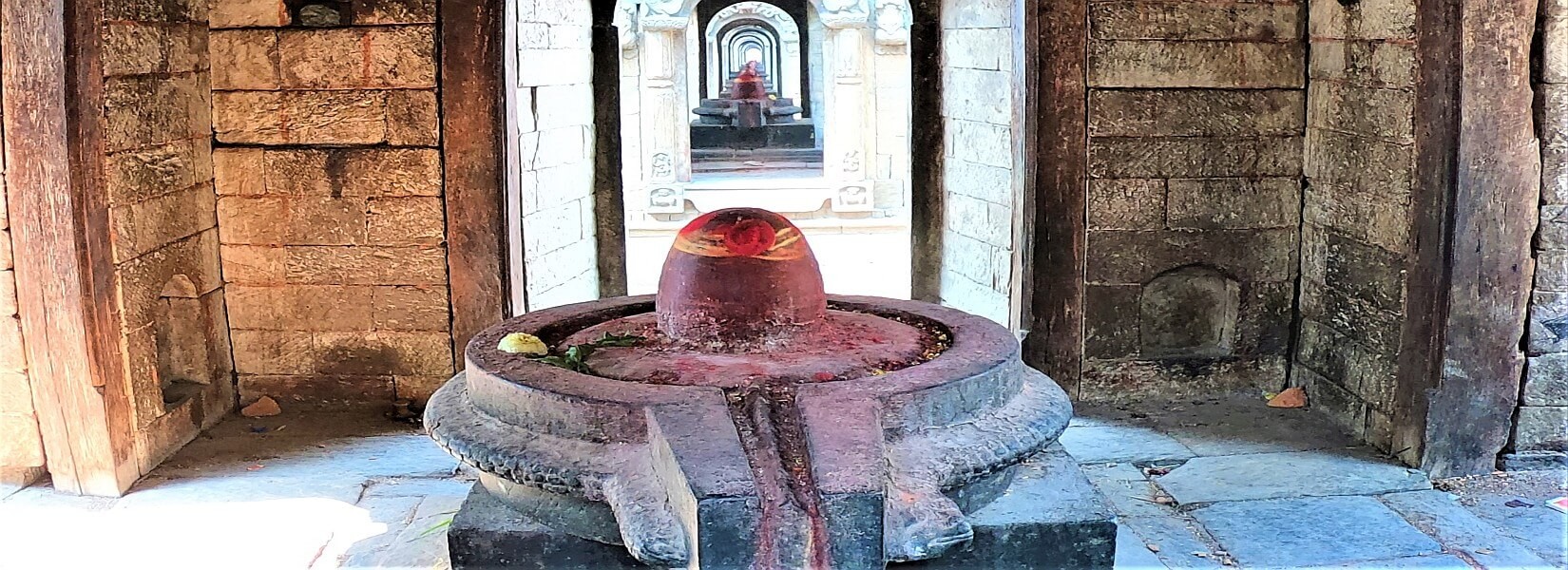 Pashupatinath Temple
Pashupatinath Temple
Pashupatinath Temple is located 4 km east of Kathmandu. It is one of the famous Hindu Pilgrimage sites. It is believed that the temple was created in the 5th century by the Licchaivi King called Prachanda Dev. There are many legends surrounding the Origin of this temple. One of the legends is that God Shiva and his wife Parbati took the form of the stage and leave their union. When the other gods pursued him and laid hold of him, broke off his horn, which was converted into the powerful Pashupati Linga. The linga was lost and a century after a cow magically showed wif milk in that Pashupati area. When the people knew that they start to dig it and found the linga of Pashupatinath again. Now Pashupatinath is one of the holy places for the Hindu religion in the world.
The Riverbanks Ghat
From the main gate to the river bank ghat it is just the step to the twin footbridges dat cross the Bagmati between the ghats or crenation and bathing places on the stone embankments. When People Die and be cremated here is the culmination of religious achievement virtually guaranteeing release from the cycle of rebirths.
Arya Ghat
Before Arya Ghat on the upstream side of the footbridges is reserve for the highest caste. The cremation platform furthest upstream was once exclusively dedicated to the Royal Family and next down just above the bridge is the ghat for VVIP. Now common people also can cremate by paying the charge according to the rules of the Pashupati Development Committee.
The Virupaksha Statue
Beside Arya Ghat there is the small stone house which is believed to be famed seventh century is the statue of Virupaksha which is said to be associated wif Kali Yuga means the era of brutality.
Vatsala Mandir
In between the bridges there is the small two-story pagoda building is the Vatsala Mandir. It is said this Temple is dedicated to Shiva’s wife Parbati in one of her wilder mother-goddess roles. she is said to have demanded human sacrifice in the past.
Ram Ghat
Ram Ghat is the place where the cremations are held by all castes and it is located at the next embankment downstream from the Vatsala Mandir. And just southern ends of Ram ghat there is the fifth century Buddha stutue is located.
Pancha Dewal
Pancha Dewal is run by the Mother Teresa’s Missionaries of Charity which is the center for the old sick, and infirm. As you enter the building is made from influence of Mughal style.
The east bank
The east bank of the river there is the Mrigasthali Ban it is the forest where stage and deer is being preserve. Upstream of the twin bridges there is the decoration of the fifteen shiva linga shelter. And this shiva linga shelter is built in mid nineteenth century by the Ranas and the Royal Families.
The Vishnu Temple
The god Vishnu Temple and his incarnation Ram, Lakshimi Narayan, And Vishnu his wealth bringing wife Lakshmi. The wife of Ram ‘s belove sita all this temple located at the south of the chief stone staircase ascending the hill.
Ghujeshwari Temple
From the main stairway up continue the path reach to the Gorakhnath Temple and as continues downhill from the Gorakhnath Mandir reach at the Ghujeshwari mandir. The legend of this Ghujeshwari Mandir is that when Shiva’s first wife Sati was angry at some insult and threw herself onto a fire giving herself to the term sati of devote ending life. Shiva bring back her Corpse and blinded by grief, flew to and fro across the subcontinent, scattering part of the body in 51 sacred places. Ghujeshwari is the place where Sayi’s Vagina Fell. So dat the temple represents the female counterpart to the Pashupati Linga.
Kirateshwar Mahadev Mandir
Kirateshwar Mahadev Mandir is located at the river downstream past from the Ghujeshwari Mandir. which serves the Kirati ethnic groups. Below from there, Gauri Ghat is Located.
